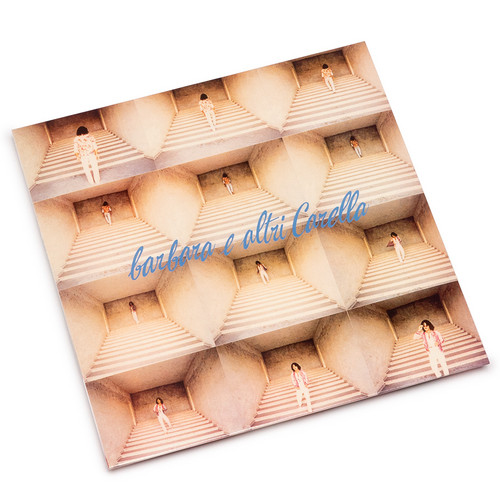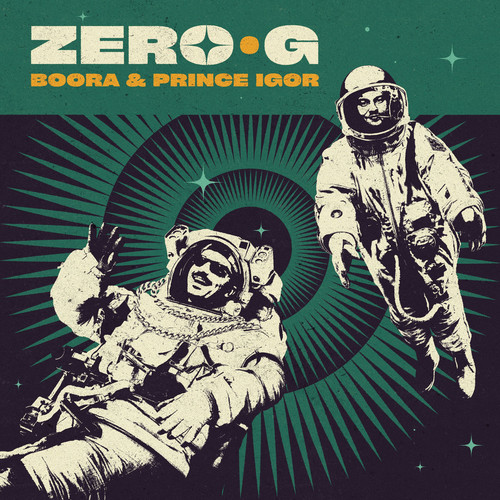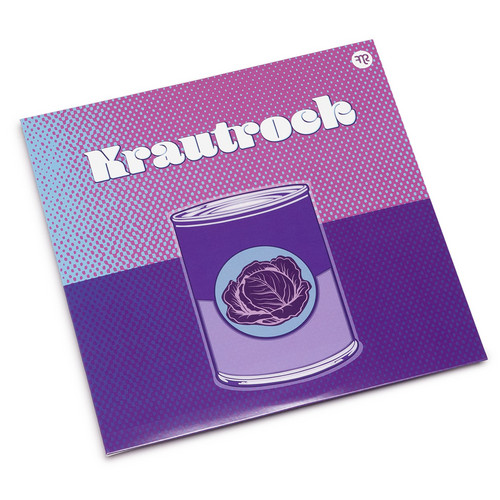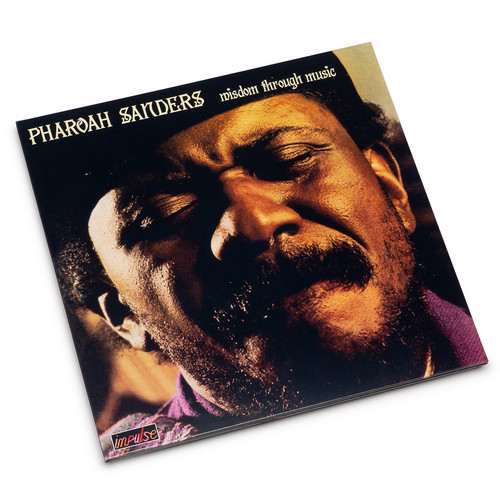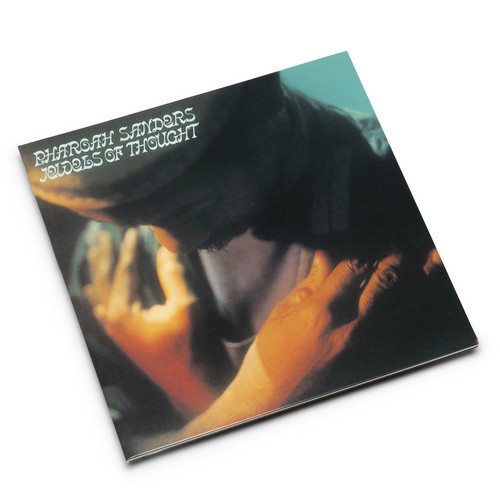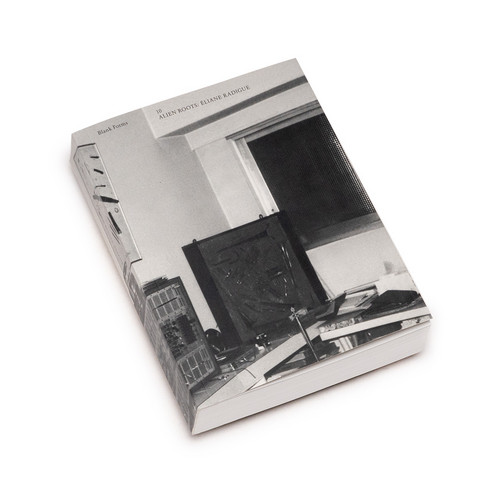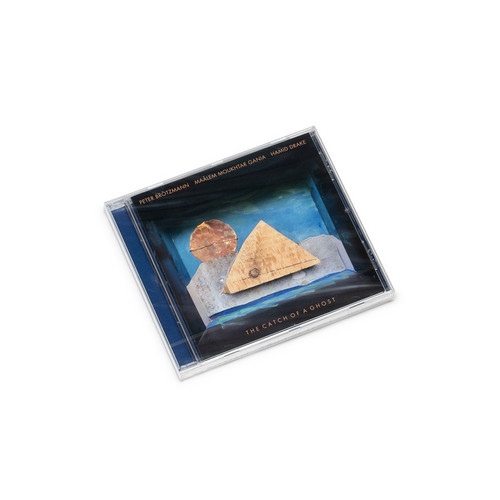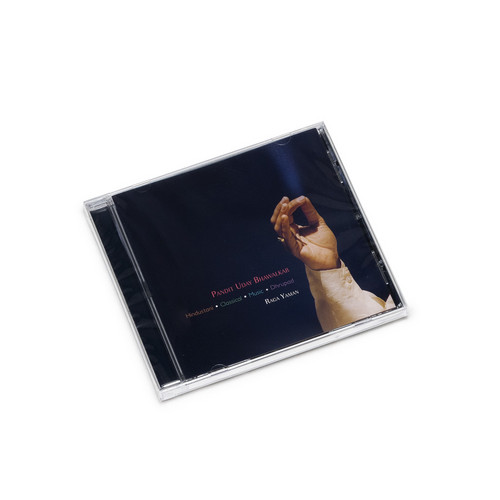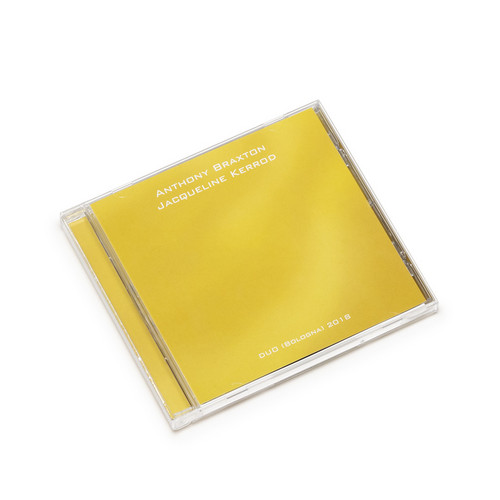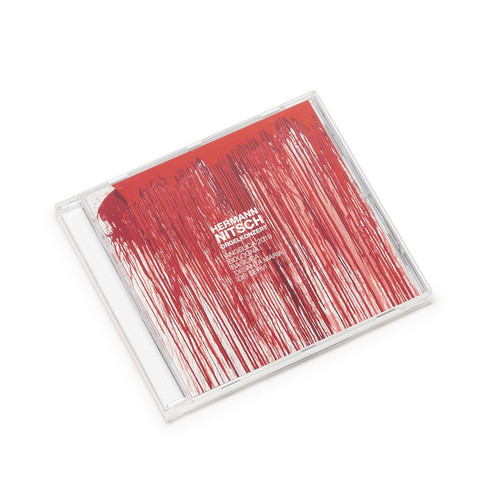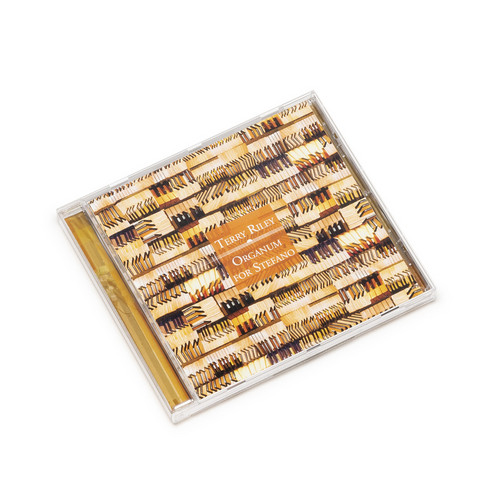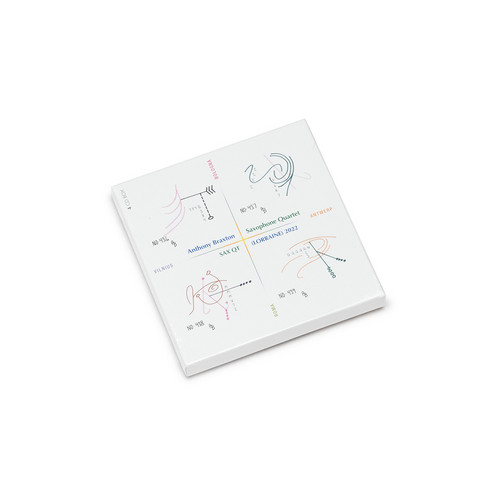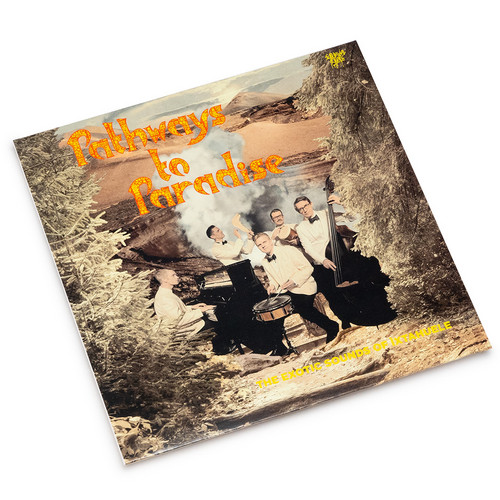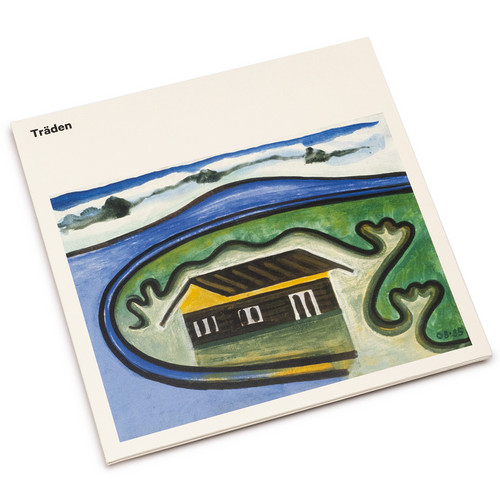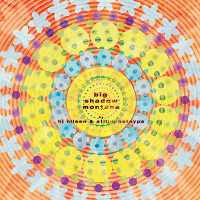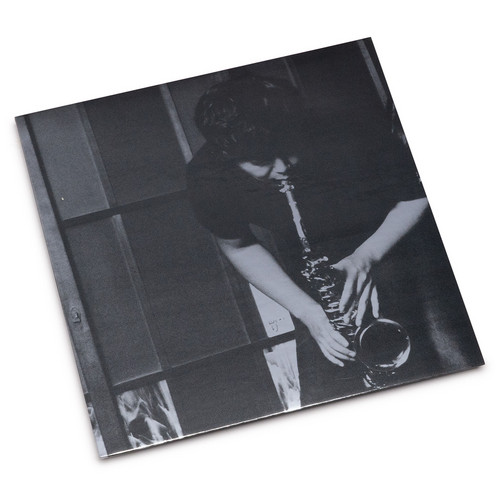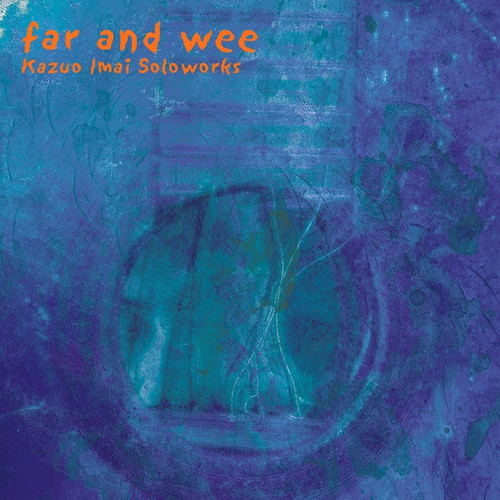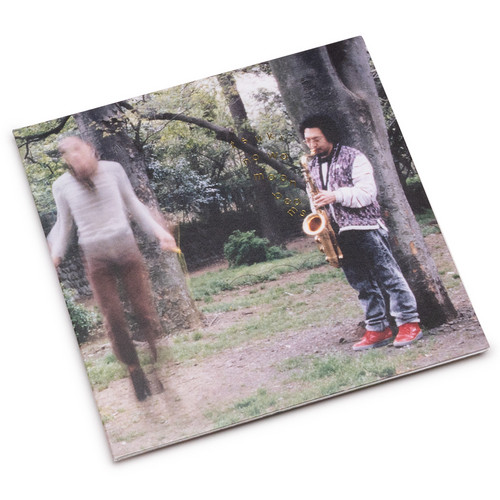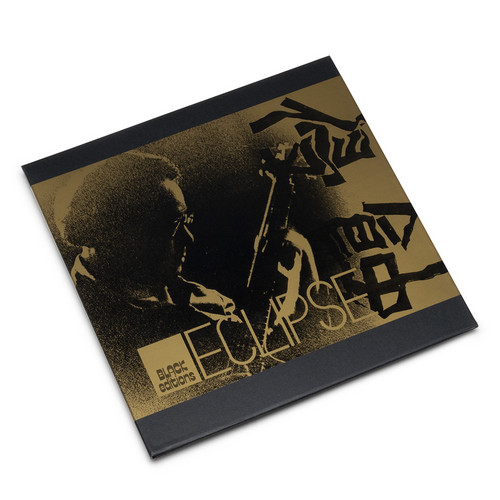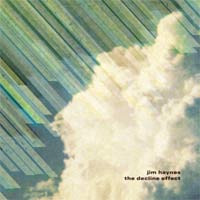Back in stock
Barbara e altri Carella
*2025 repress. 300 copies limited edition* Hard to find Funk / AOR masterpiece by Enzo Carella whose original edition usually sells for crazy prices on the second-hand market. Carella was an Italian singer-songwriter who is best remembered for his 1979 major hit Barbara, which is the opening track on Barbara e altri Carella, his second album. All songs on this release are written by Enzo Carella with lyrics by Italian poet Pasquale Panella, which later got famous for his collaboration with Lucio…
Zero G
"Zero-G" by Boora & Prince Igor is a 16-track instrumental hip-hop album released on Funk Night Records in 2024. The project fuses jazzy samples, soulful loops, and tight beats, creating a vibrant, atmospheric listening experience. With its concise runtime and fluid transitions, "Zero-G" captures the essence of modern beat-making.
Wisdom Through Music
Biggest Tip! 180 gram Vinyl Edition. Gatefold Cover. Recorded in New York City and Los Angeles, California, and was released in 1973 by Impulse! Records. Wisdom Through Music, with its smaller line-up - Sanders is joined by flutist James Branch, pianist Joe Bonner, bassist Cecil McBee, drummer Norman Connors, and percussionists Badal Roy, James Mtume, and Lawrence Killian. - consists of five tracks. Most notable is "High Life," on which Sanders emulates the West African style of music with roil…
Jewels of Thought
180 gram Vinyl Edition. Gatefold Cover. The fourth album as a leader by spiritual jazz saxophone titan Pharoah Sanders, Jewels of Thought was released in 1969. It Consist of two extended tracks, one of which had to be divided into two parts in order to fit onto the LP. Sanders was incrediblt active in 1969, recording lo less than four albums and releasing three. The band on Jewels of Thought includes several major stars, among them Idris Muhammad, Roy Haynes, Richards Davis, Cecil McBee, Leon Th…
Blank Forms - Vol. 10: Alien Roots: Éliane Radigue (Book)
A detailed look at the elusive work of a French pioneer of musique concrète and electroacoustic composition Eliane Radigue
Catch of a Ghost
"Three names, three cultures, three continents, three different concepts of time and timing -- this is the essence of this trio. This is what we have to bring together." -- Peter Brötzmann, Wuppertal, April 1st, 2019With these words, Peter Brötzmann, one of the great figures in the development of a unique European approach to free improvisation since the '60s, announced his return to the AngelicA festival in 2019. A trio featuring Hamid Drake -- one of the best living drummers and guembri player…
Raga Yaman
Pandit Uday Bhawalkar is an Indian Hindustani vocalist. He is an exponent of the dhrupad genre. Uday Bhawalkar is a standard bearer for Dhrupad, and a strong force in its growing recognition and popularity. Uday believes that when immersed in the note and raga, the self disappears and music takes on its own existence; the principle of ‘darshan’. These values are helping him on the path of devotion to Dhrupad. Dhrupad is one of the oldest forms of North Indian classical music and Uday maintains i…
Duo (Bologna) 2018
Anthony Braxton, composer, multi-instrumentalist, and a true giant of creative music, in 50 years of career had never played in a duo with a harp; and that's exactly what happened at the AngelicA Festival in 2018. Expressing himself through a wide range of mediums, from solos to large orchestras to multimedia projects, and drawing inspiration from a wide range of influences, from John Coltrane to Karlheinz Stockhausen, Anthony Braxton has created a unique music system which celebrates the concep…
Orgelkonzert
Edition of 350. "No composer could do that and no 'musical' improviser either; it’s a mystical, spiritual, experiential thing, only he could do that." Chris Cutler Hermann Nitsch, father of the Viennese Actionism, is one of the most celebrated living artists: his transgressive performances continue to cause quite a stir, and his paintings are exhibited in the most prestigious museums worldwide. His music production, on the other hand, is still relatively unknown to both the public and the specia…
Organum for Stefano
In Terry Riley's words "I was invited to an art gallery in Los Angeles to hear a solo String Bass recital by Stefano. I arrived late and the concert was in progress, I was walking down a series of concrete halls to reach the galley chamber where the music was taking place. In the distance I could hear the sounds of french horns, trombones, strings and brass all mixing in a beautiful modal ensemble, and at the time I thought that Stefano must be playing his bass with a chamber group. I was amazed…
Sax Qt (Lorraine) 2022
4CD + 40 pages booklet with photos and an essay in english and Italian by Mario Gamba
Pathways To Paradise
Black vinyl – limited edition of 500 copies only! A new album from the modern masters of exotica! Mix up a mighty rum typhoon and emerge yourself in this excitingly dazzling audio fantasy! Experience the fearsome Jungle Chase. Behold the secret world of the majestic Moonflower or lose yourself for a while inside the Hookah Parlor. What’s your pleasure?Ìxtahuele continues to develop their sound and song writing while exploring the heart, nuances, and boundaries of classic exotica.
Träden
The highly praised and long sold-out 2LP album of transcendental psychedelic rock from the eternal Träden, formerly known as Träd, Gräs och Stenar, is finally available again. New limited edition pressing on multi-colored vinyl. Recorded live to tape in the band’s countryside music workshop, these mind-melting improvisations travel beyond time and space through the magical unknown, a manifestation of timeless organic music and free creation.
Big shadow Montana
"After producing their frozen trilogy of intoxicated dronemuzik for the Agency, these Scandinavian gentlemen have ventured into more absurdist territories through fictionalized soundtracks for imagined Mondo films and science fiction serials. It is in this context that BJ Nilsen & Stilluppsteypa present the apparitional Big Shadow Montana, an album of slow-motion delirium manifested in occluded smears, nocturnal gasps, and arcane tones from a variety of analogue synthesizers. Amidst the n…
Homo Sacer
Makoto Kawashima was born in Saitama, a prefecture of the Greater Tokyo Area, in 1981. He picked up the alto sax in 2008, and started playing solo in 2010. He is the founder of the Homosacer (Sacredhuman) label. Homo Sacer was originally released in 2015. It was Kawashima's second solo release and his first full-length album. It was also the final release by P.S.F. Records. The album was recorded live during a heavy rainstorm at the gallery and café Yamanekoken in Iruma, Saitama. Facing up towar…
Far And Wee
Black Editions present a reissue of Kazuo Imai's far and wee, originally released in 2004. Kazuo Imai is one of the few artists to traverse both Japan's early avant-garde and free jazz movements. Though he began performing in the 1970s, his 2004 P.S.F. album far and wee was only the second under his name. In a series of thrilling acoustic guitar improvisations -- Imai's playing crackles with dynamic tension and physicality as well as a subtlety and nuance that reveals him as one of the instrumen…
Moon Beams
Mesh-Key is thrilled to announce a deluxe, expanded reissue of Moon Beams by Tokyo visionaries, Tsuki No Wa.
Eclipse
Masayuki Takayanagi was one of the truly iconoclastic musicians to emerge from Japan, or anywhere else, in the 20th Century. Though he won acclaim in the 1950s and '60s as a master of the electric guitar and jazz improvisation, Takayanagi was a restless spirit, deeply engaged with the era's new movements in contemporary art, music, literature, and philosophy. His work, beginning in the late 1960s placed him on the leading edge of these developments; he began expanding on the most radical element…
The Decline Effect
Parapsychology introduced the notion of the decline effect as a statistical phenomenon of diminishing results whilst investigating extra-sensory perception and psychokinesis. Where initial findings might substantiate proof of such abilities, further studies would almost always demonstrate the contrary. As such, this ontological disappearing act stands in allegorical parallel to the entropic art of Jim Haynes and frames his 2011 opus of the corroded drone and a compacted disintegration of …
